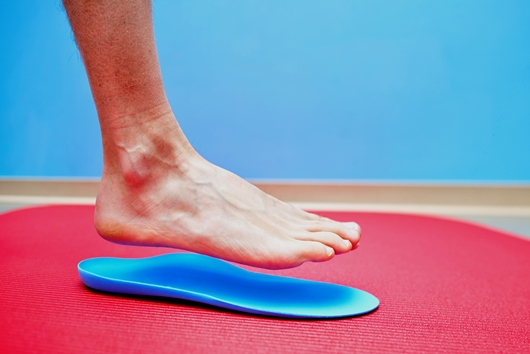The Importance of Foot Care

With every step, your feet take a pounding equivalent of up to 2.5 times your body weight. After decades of wear and tear, it’s no wonder foot woes start to crop up as we age. The importance of proper foot care can’t be stressed enough, and if you are a diabetic, attention to daily foot checks and care takes on higher priority due to poorer circulation in the feet or nerve damage. If ignored, even the smallest cut in a diabetic’s foot can turn into a complicated wound or ulcer with healing difficulty.
Basic Diabetic Footcare Tips
- Inspect your feet daily for cuts, blisters or other disturbances.
- Keep feet clean and dry, especially between toes.
- Toenails should be trimmed straight across but not too short, to avoid ingrown toenails.
- Shoes should fit properly with plenty of room in the toe box. Socks should be worn and not be tight at the ankles. Socks specifically made for diabetics can help circulation and control moisture.
- Never use a heating pad or electric blanket on your feet and protect them from extreme heat and cold.
- Keep regular appointments with your podiatrist as needed.
The Role of Prescription Orthotics for Foot Pain
Custom orthotics can help with a multitude of pain-causing foot problems such as plantar fasciitis, heel spurs, bunions, flat feet, bursitis, high arches, improper foot alignment and gait issues like supination and pronation. Prescription orthotics are customized for the patient’s feet by a plaster mold or a 3D digital scan that models the foot. Orthotics are constructed with long-lasting materials to achieve the right objective.
The Medical Center’s Visiting Specialist program offers several podiatrists who can help you with routine foot care, orthotics and the special needs of foot care for diabetics. Pollyanna Reeves, DPM; Sophia Kazma Masri, DPM; and Brigette Smith, DPM, FACFAS can assist you with your specific footcare needs.
Congratulations to Angela Emmanuel, Medical Center employee of the month!
